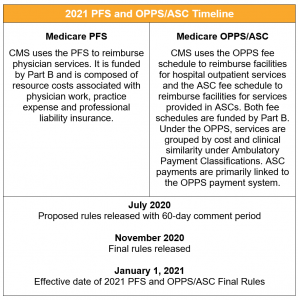Table of ContentsSome Ideas on Health Policy - American Nurses Association (Ana) You Need To KnowRumored Buzz on The Importance Of Healthcare Policy And Procedures
The rhetoric from the center left declines this view, but their actions tell a different story: Possibly the single most-trumpeted cost-containment device consisted of in the ACA was the so-called Cadillac Tax, which looks for to include costs specifically by requiring health care customers to face a greater share of limited expenses.
When it comes to healthcare, insured consumers pay fixed premiums every month no matter whether or not they go to a medical professional. Then, when they do go to a doctor's office or go to the medical facility, insurance https://www.liveinternet.ru/users/holtonlkyf/post474369742/ coverage pays for some (typically even most) of the limited expense of this go to. When the fixed cost of paying a premium is met, each subsequent check out to a health supplier is then partially to completely supported by the insurance provider, and this indicates that the client does not deal with the complete minimal cost of the decision Great site to obtain healthcare.
Instead, they would argue that the majority of Americans are just overinsured and that more health care costs should be funded expense up until those expenses end up being prohibitive, at which point insurance would then appropriately begin. Being overinsured and not dealing with the complete limited expense of each new check out to a health care service provider is believed to make Americans overconsume health care, potentially utilizing resources (i.e. why is health care policy an issue in america., money paid out by their insurance coverage business) to acquire treatments that they would not have actually sought had these treatments' full marginal expense been faced (that is, had they been required to pay the expenses themselves).
First, unless one wants to increase cost sharing even for truly disastrous medical costs, such procedures will miss the primary expense motorists in the U.S. health care system. Eighty percent of health dollars are invested in just 19 percent of health customers, and 50 percent of health dollars are spent on simply 5 percentpresumably the sickest patients (Gould 2013b).

Second, the assumption that all ethical risk results in financially ineffective overconsumption of health care might well be incorrect. who health care policy. Nyman (2007) straight concerns this theory by arguing that a large part of moral danger represents health care that ill customers would not otherwise have had access to without the income that is moved to them through insurance coverage - how much does medicaid pay for home health care.
Take the example of an adult who has lost front teeth in a bicycling accident - senate health care vote when. Having missing out on teeth is undoubtedly not lethal, however it is quite likely that if insurance offered the cash-equivalent cost of replacing the teeth to this person, they would choose to do exactly this and not spend the cash on other goods and services.
Health Care Policy - Jama Network - Questions
This acknowledgment that not all moral hazard is financially ineffective is ending up being well comprehended in other branches of economics. Chetty (2008) makes similar arguments in the context of unemployment insurance, concentrating on the truth that joblessness insurance advantages resolve a liquidity issue rather than creating a disincentive to try to find work.

He discovers that higher-than-average joblessness insurance benefits increase joblessness duration just for employees with no liquid wealth. This suggests highly that it is the relief of liquidity restraints and not the disincentive to workstemming from reductions in the "expense" of leisure (i.e., the loss of income) spurred by the receipt of UIthat drives reactions. This cost per covered worker was then compared to average earnings in the fifths of the wage circulation. The counterfactual of no excess health expenses was simulated by holding company contributions to ESI repaired as a share of total payment over the period. Data from EPI State of Working America Data Library 2018 as well as BEA 2018, NIPA Tables 7.8 and 6.9 It ought to be kept in mind that these calculations might understate the damage that increasing healthcare expenses have actually done to workers in the bottom two-fifths of the wage circulation.
Initially, the crowd-out of wages from rising ESI premiums has in fact been larger than average for the bottom two-fifths, measured in portion terms (as seen in the last row of the table). follow this link Second, while this chart shows the crowd-out of salaries taking ESI coverage erosion into account, for those employees who continue to receive ESI, the wage crowd-out stemming from rising ESI premiums (disappointed here) is much greater in percentage terms for workers in the bottom two-fifths than for other workers, for the simple factor that ESI premiums constitute a much greater share of these employees' wages. what is single payer health care.
Finally, the table reveals plainly that ESI protection has actually deteriorated most significantly for employees in the bottom two-fifths of the wage circulation (as seen in the second set of rows, "ESI protection rate"). This disintegration is undoubtedly associated to the fact that growth in ESI premiums relative to these employees' incomes has actually been severe.